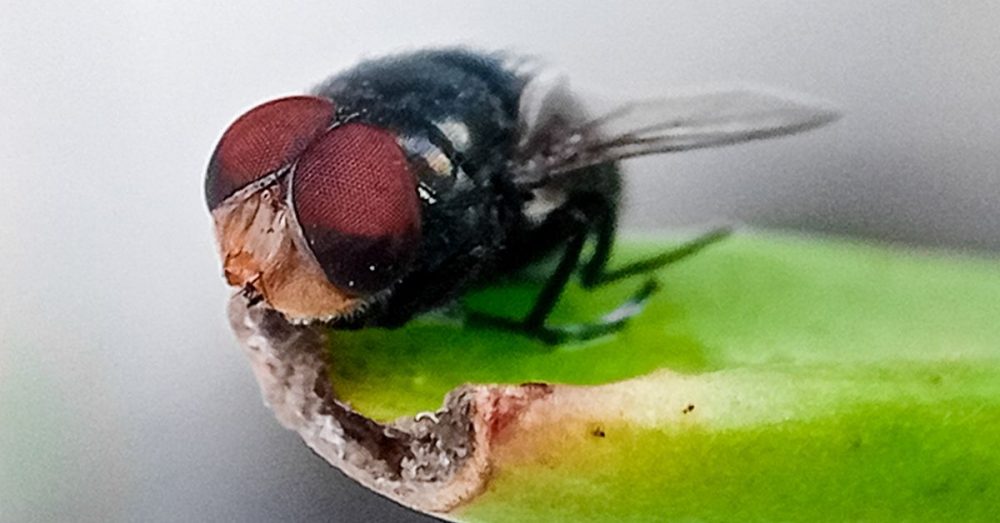The federal government has a bad habit of spending money on problems before even figuring out what’s really wrong, and the recent New World screwworm scare is a prime example. This is typical Washington behavior—prematurely spending first and asking questions later. But here in Texas, we do things differently. We solve problems with proven solutions, not government handouts and wasteful spending.
While protecting Texas cattle from disease is always our number one priority, we need to carefully consider the ripple effects of drastic measures like closing the border to livestock and animal products. It’s a surefire way to create a crisis where there isn’t one—and consumers will feel it every time they visit the meat aisle.
Look, I know a thing or two about screwworms. I was about eleven years old when the United States eradicated the New World Screwworm. Before then, screwworms were a devastating problem for ranchers. Cattle infected with screwworms showed unmistakable and crass signs—open, festering wounds teeming with larvae. You’d see animals in obvious distress, licking at the wounds and losing weight rapidly. Believe me, if you’ve got a screwworm outbreak, it’s not a question of “if”; there’s no mistaking it. You can smell them from 100 feet away.
For starters, let’s not forget the facts. We’ve come a long way since those dark days. The sterile fly eradication program, developed decades ago, was a game-changer. By releasing sterile male screwworm flies into the environment, we broke the reproduction cycle and wiped out the problem in the United States.
Recently, only one cow of thousands that were crossing into Mexico was found just north of the Guatemalan border—1,100 miles away from Texas—with a screwworm infection. That’s proof that the system is functioning as it should. So, before we panic and shut down border crossings, let’s make sure we’re not creating a bigger problem than the one we’re trying to solve.
Instead of recognizing this as a victory, the federal government is talking about throwing $165 million worth of taxpayer dollars at a “solution” for a problem that hasn’t been fully identified. Listen, dollars don’t kill screwworms. Sterile flies do. Detection systems do. We already have the tools to manage this issue because we’ve been doing it successfully for decades.
Winter gives us an edge in fighting screwworm outbreaks because cooler temperatures slow down fly activity and reproduction. With fewer flies, there’s less risk of infestations, giving ranchers and agencies more time to contain the problem and protect our livestock.
We already take precautions at the border. Every head of livestock crossing the U.S.-Mexico border is subject to strict quarantine and inspection protocols to protect our agriculture and food supply. Cattle are required to have health certificates, vaccinations, and testing to prevent diseases like foot-and-mouth and bovine tuberculosis from entering the U.S. In some cases, livestock are placed in quarantine for further monitoring to ensure they meet our rigorous health and safety standards.
Closing the border to livestock or animal products—even temporarily—could send shockwaves through the beef market. Mexico is one of our largest trading partners for cattle and beef, with significant imports of feeder cattle that help keep supply steady here in the U.S. Cutting off that supply could lead to a bottleneck, reducing the number of cattle available to feedlots, processors, and grocery stores. Fewer cattle mean higher beef prices, increasing inflation at the checkout line.
And let’s not forget about our hardworking ranchers. Many Texas cattle producers rely on crossborder trade to keep their operations running smoothly. Shutting down the border could disrupt their business, leading to financial strain and fewer options for consumers.
As a rancher who’s seen the damage screwworms can do, I know the stakes are high. But I also know we’ve already won this battle once, and if need be, we’re equipped to win it again. The real threat here isn’t the screwworm itself—it’s the federal government that all too often overreacts and wastes taxpayer resources.
Protecting Texas cattle from screwworms is important, but so is keeping beef prices affordable for families and securing the livelihood of our ranchers. Closing the border might sound like a quick fix, but it’s a cure that could end up being worse than the disease.
The cattle industry in Texas remains strong, and with the right approach, we’ll keep it that way.
An eighth-generation Texas farmer and rancher, Sid Miller is the 12th Commissioner of the Texas Department of Agriculture (TDA). A twenty-six-time world champion rodeo cowboy, he has devoted his life to promoting Texas agriculture, rural communities, and the western heritage of Texas.


